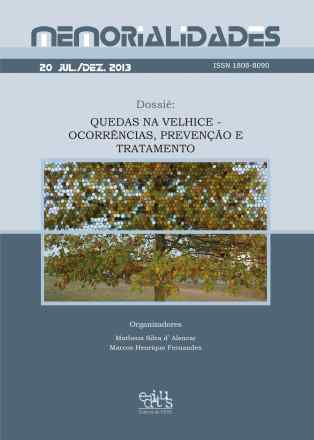Viver e morrer entre humanos e orixás: a finitude em terreiro de camdomblé
Memorialidades
Viver e morrer entre humanos e orixás: a finitude em terreiro de camdomblé
Autor Correspondente: R. do C. Póvoas | [email protected]
Palavras-chave: finitude, terreiro de candomblé
Resumos Cadastrados
Resumo Português:
O texto objetiva abordar a questão da finitude sob a ótica dos integrantes de terreiro de candomblé. Toma-se o modelo mitológico vivenciado por tais comunidades, estabelecendo-se um confronto com os valores da sociedade mais ampla, no que diz respeito ao modo de interpretar e vivenciar a finitude. Partindo-se de conceitos abordados por Spinoza e Heidegger, aborda-se o sentido para a finitude construÃdo pela civilização ocidental, num cotejo com o modo com que o fiel do candomblé entende tal limite do humano. As questões relativas à arquetipologia são tomadas a partir do entendimento que tem Jung sobre conceituação. O participante de terreiros constrói sua identidade a partir de concepções que englobam sua relação com forças da Natureza, sua ancestralidade e a crença de que, ao findar a existência sobre a terra, o Aiyê, ele parte para o universo paralelo, o Orun. Também entende que o nascer é uma questão de ajoelhar-se e escolher a cabeça, sob o testemunho de Orumilá. Tal entendimento implica um outro modo de lidar com a finitude que, não raro, se choca com valores da sociedade mais ampla.
Resumo Inglês:
The text aims to address the issue of finitude from the perspective of members of Candomblé yard. Using the mythological model experienced by those communities, we try to establish a confrontation with the values of the society trying to understand and experience finitude. Based on Spinoza and Heidegger, this article approaches the meanings for finitude built by western civilization, in comparison with the faithful of Candomblé and its beliefs about human finitude. The construction of identities of the members of the yard includes their relationship to forces of nature, their ancestors and the belief that by the end of their existence on earth, Aiyê, they go to a parallel universe, Orun. Also believes that birth is a matter of kneeling and raising its head under the witness of Orumilá. This understanding implies another way of dealing with finitude, sometimes clashing with the values of society.

